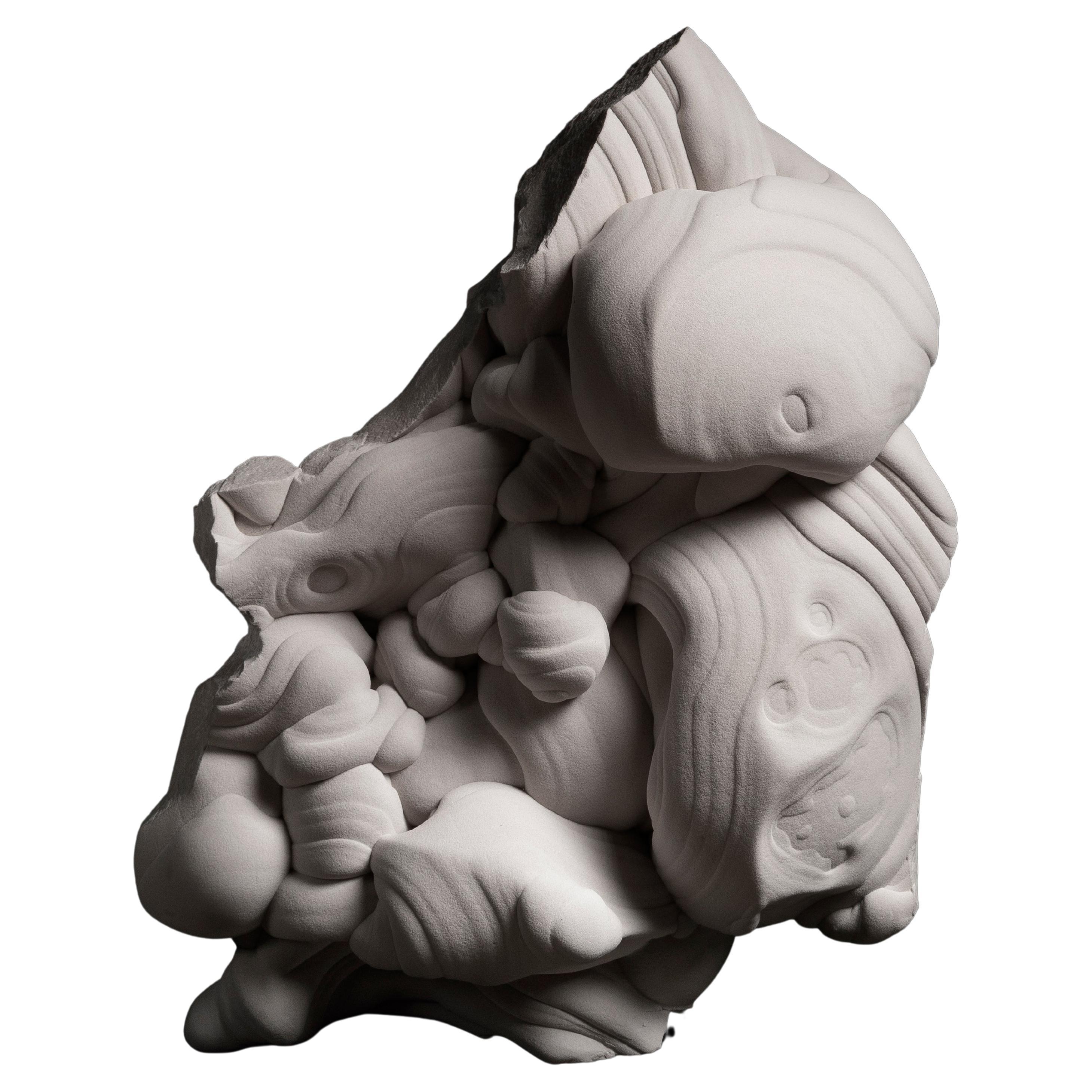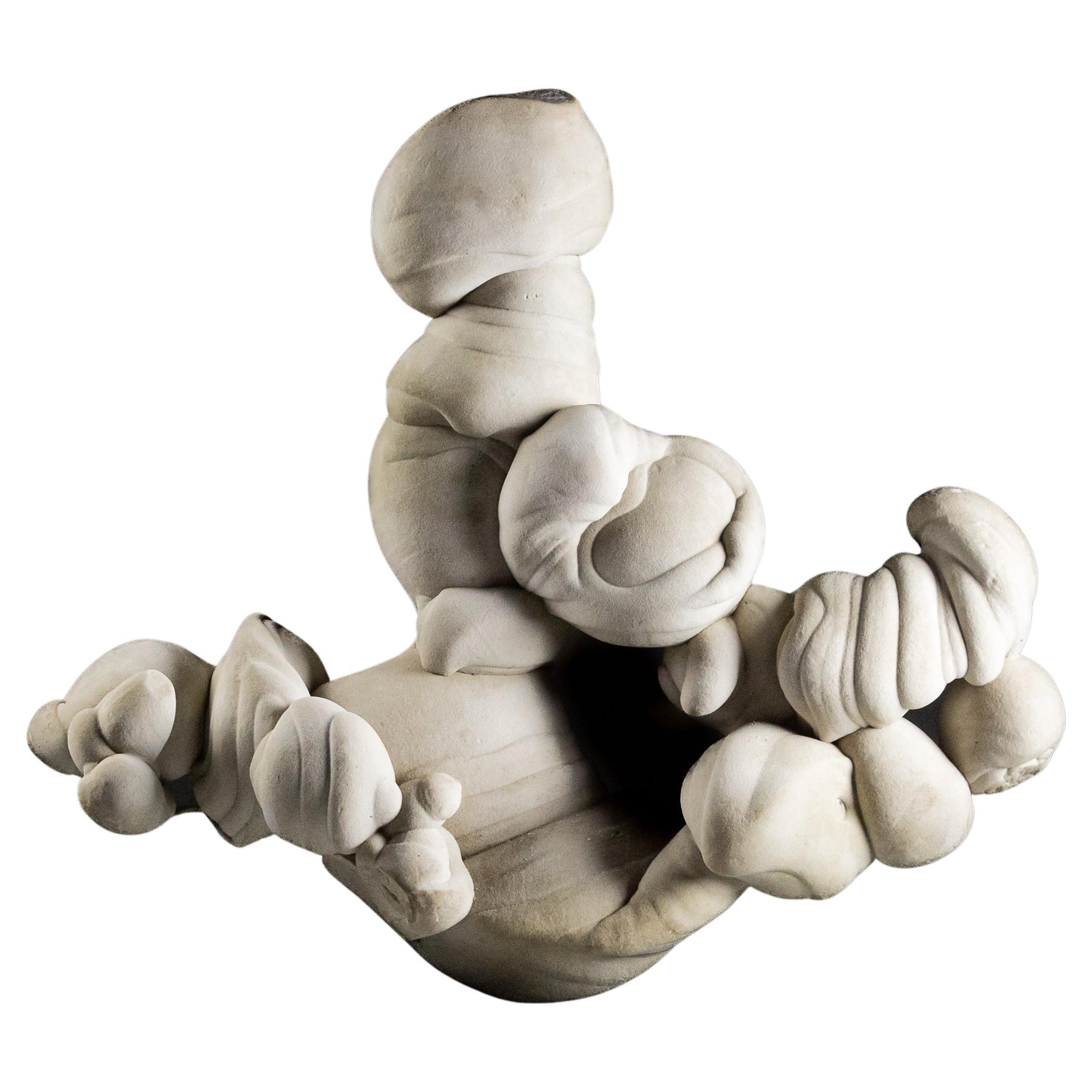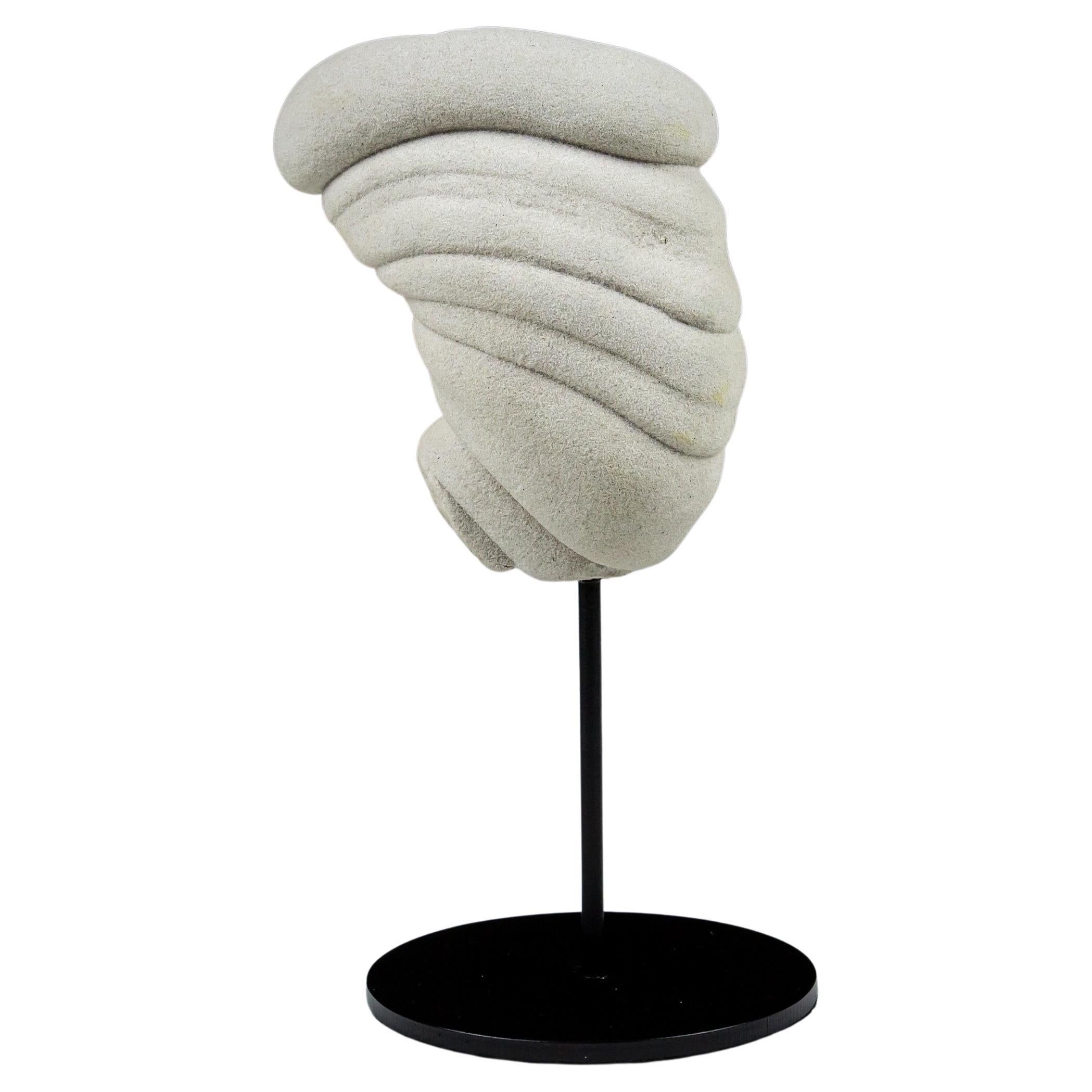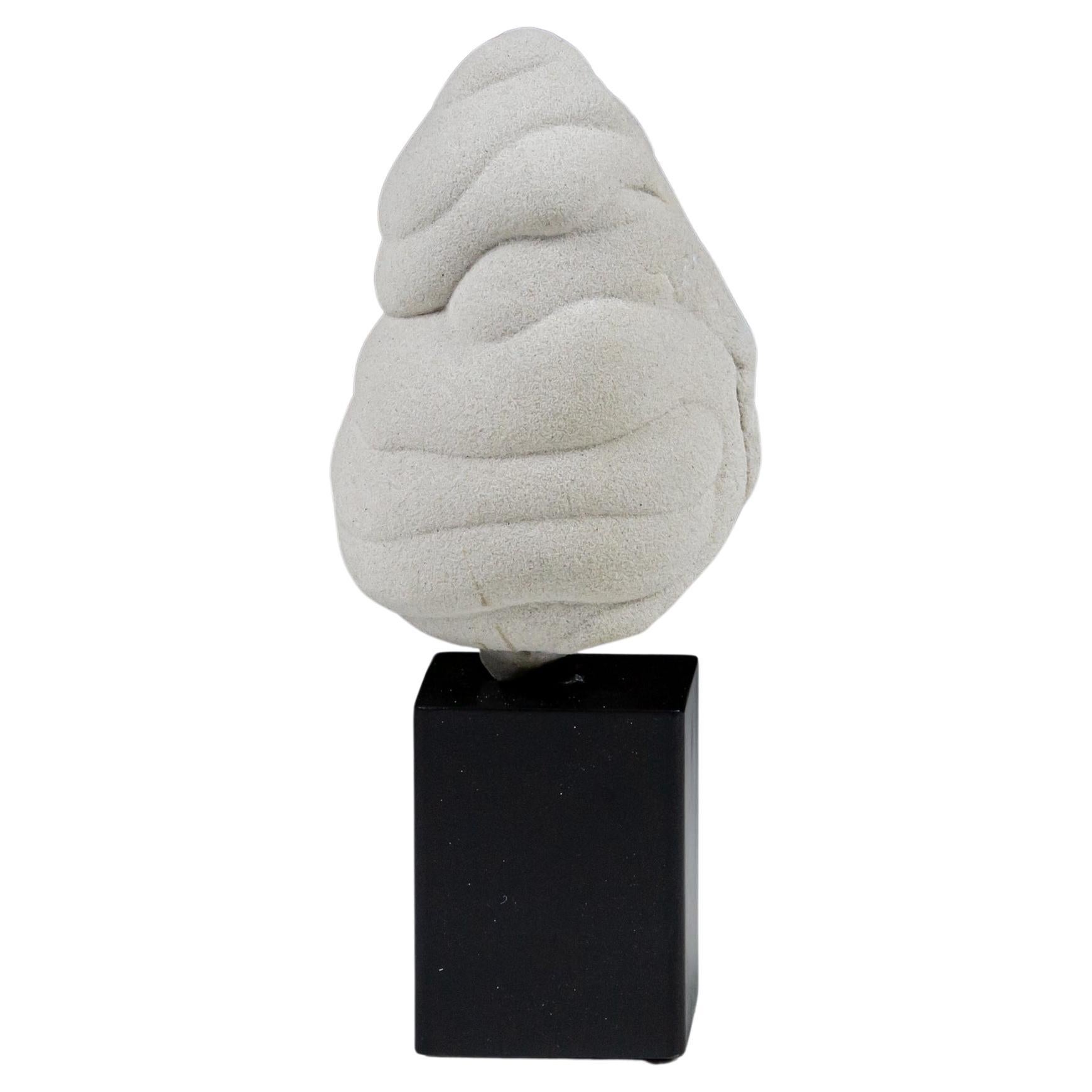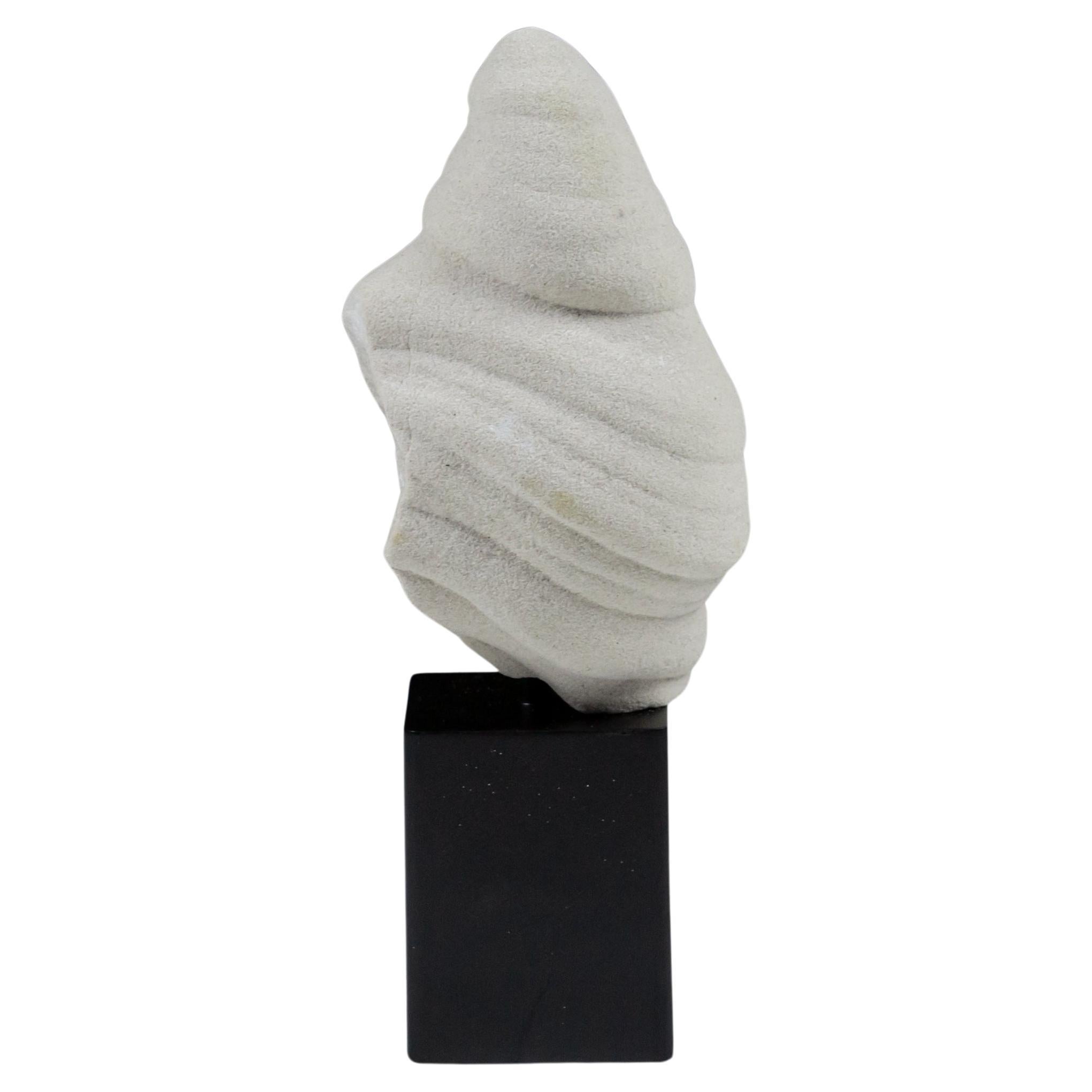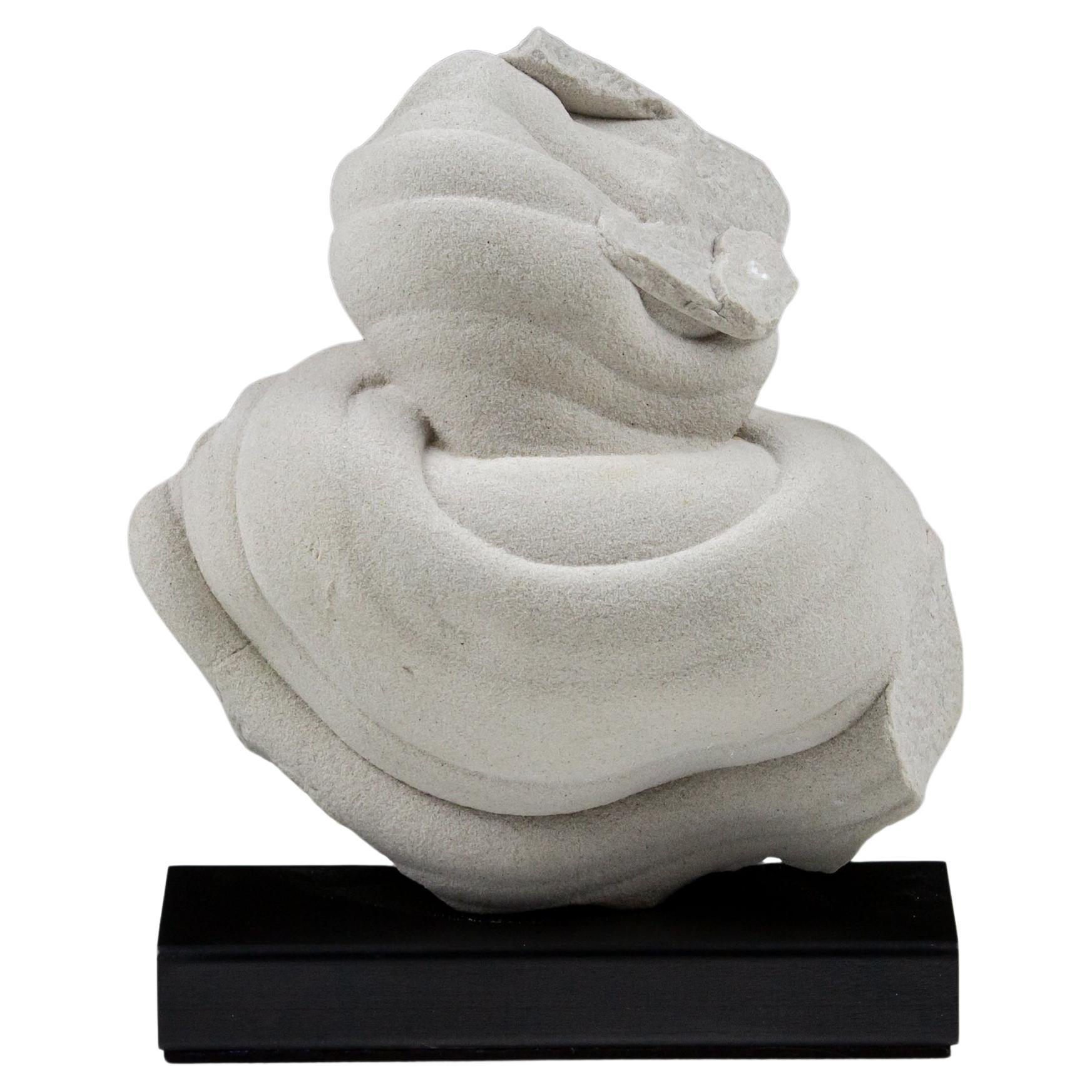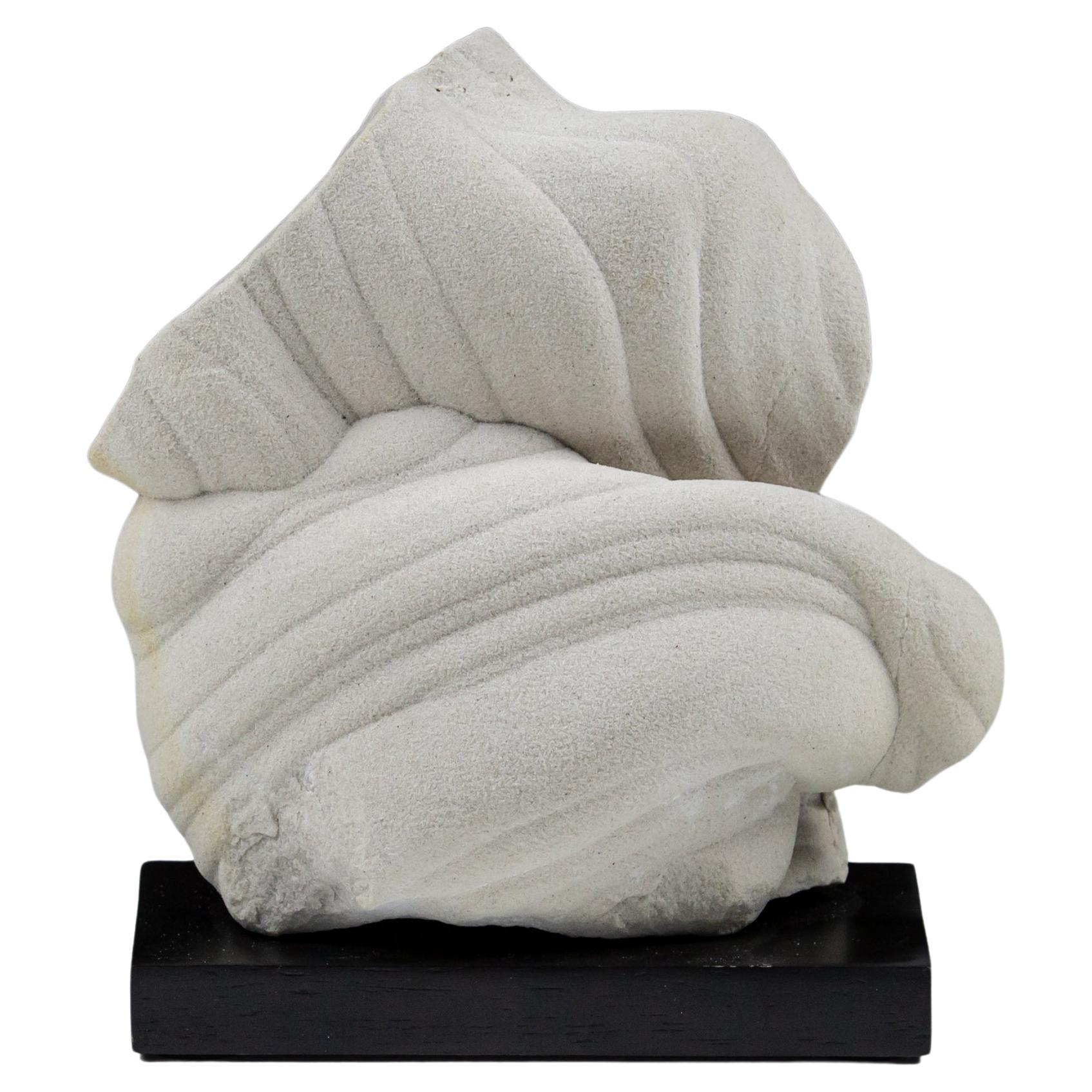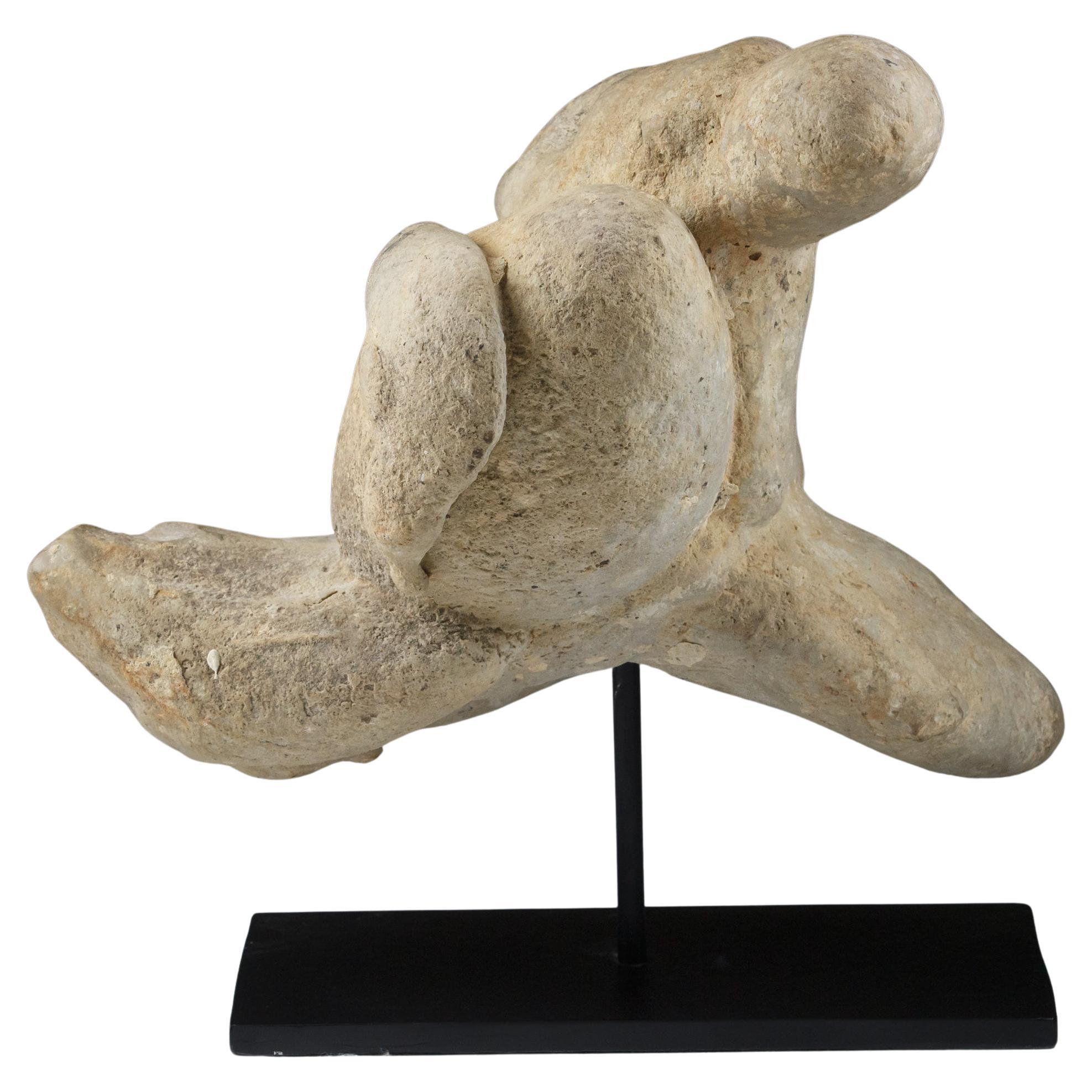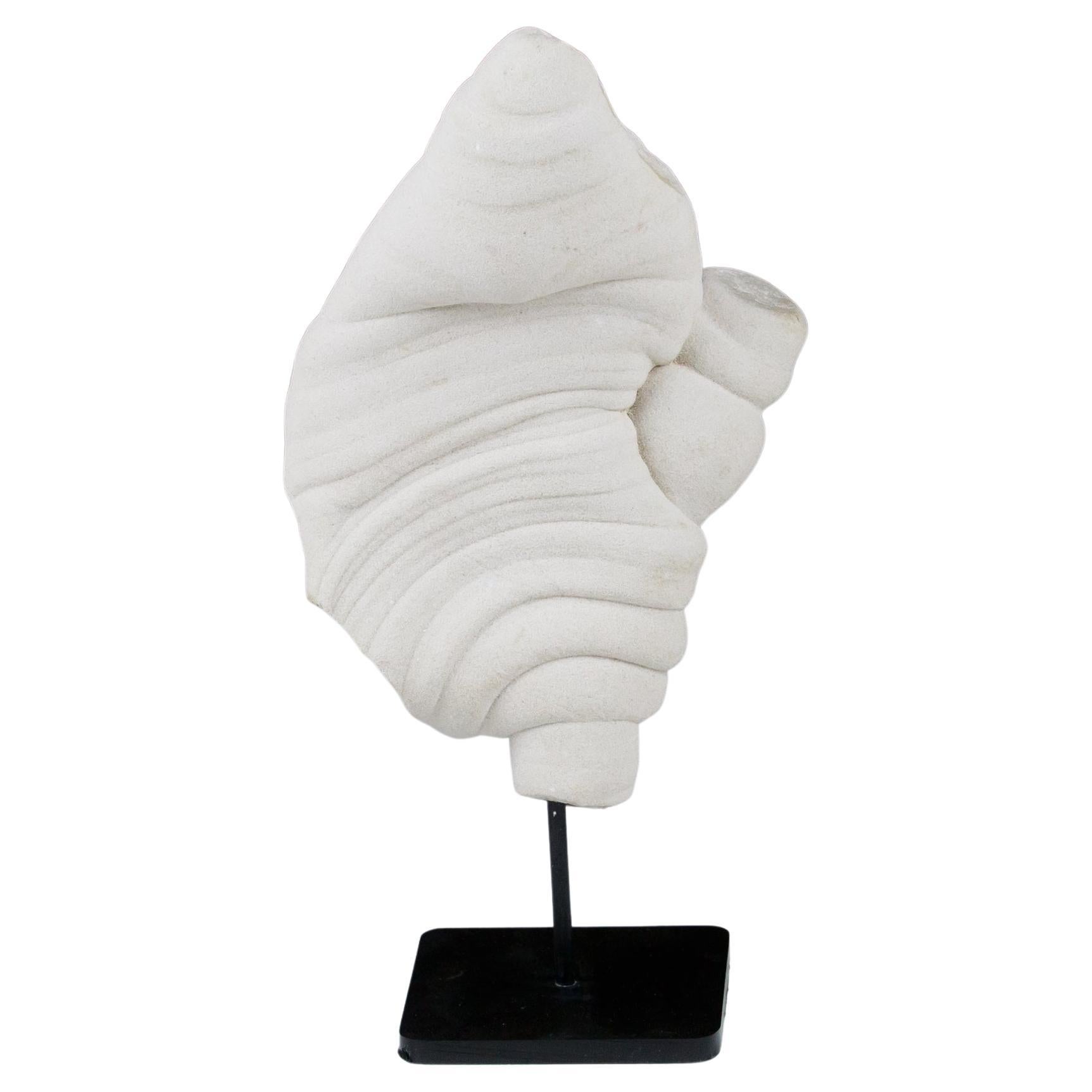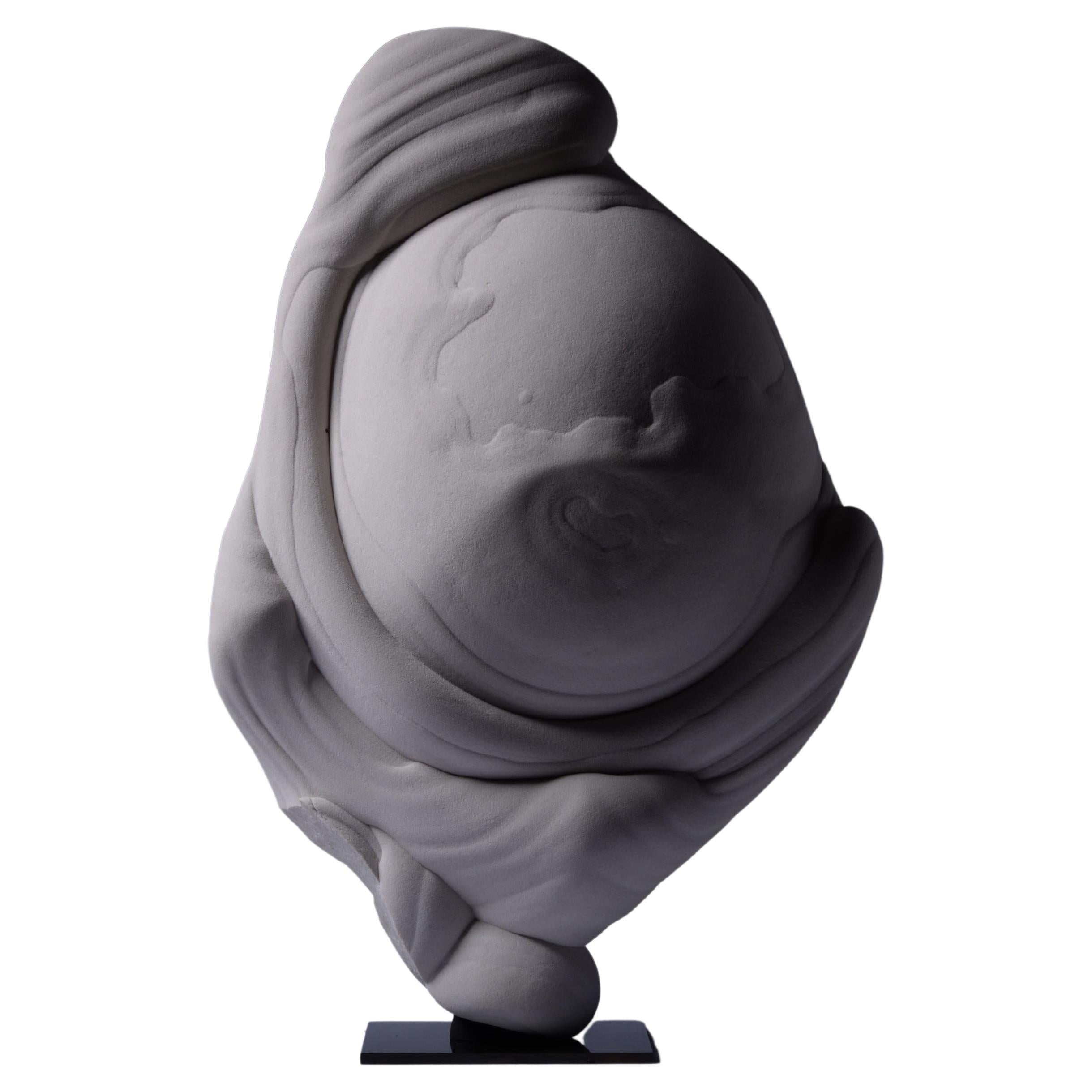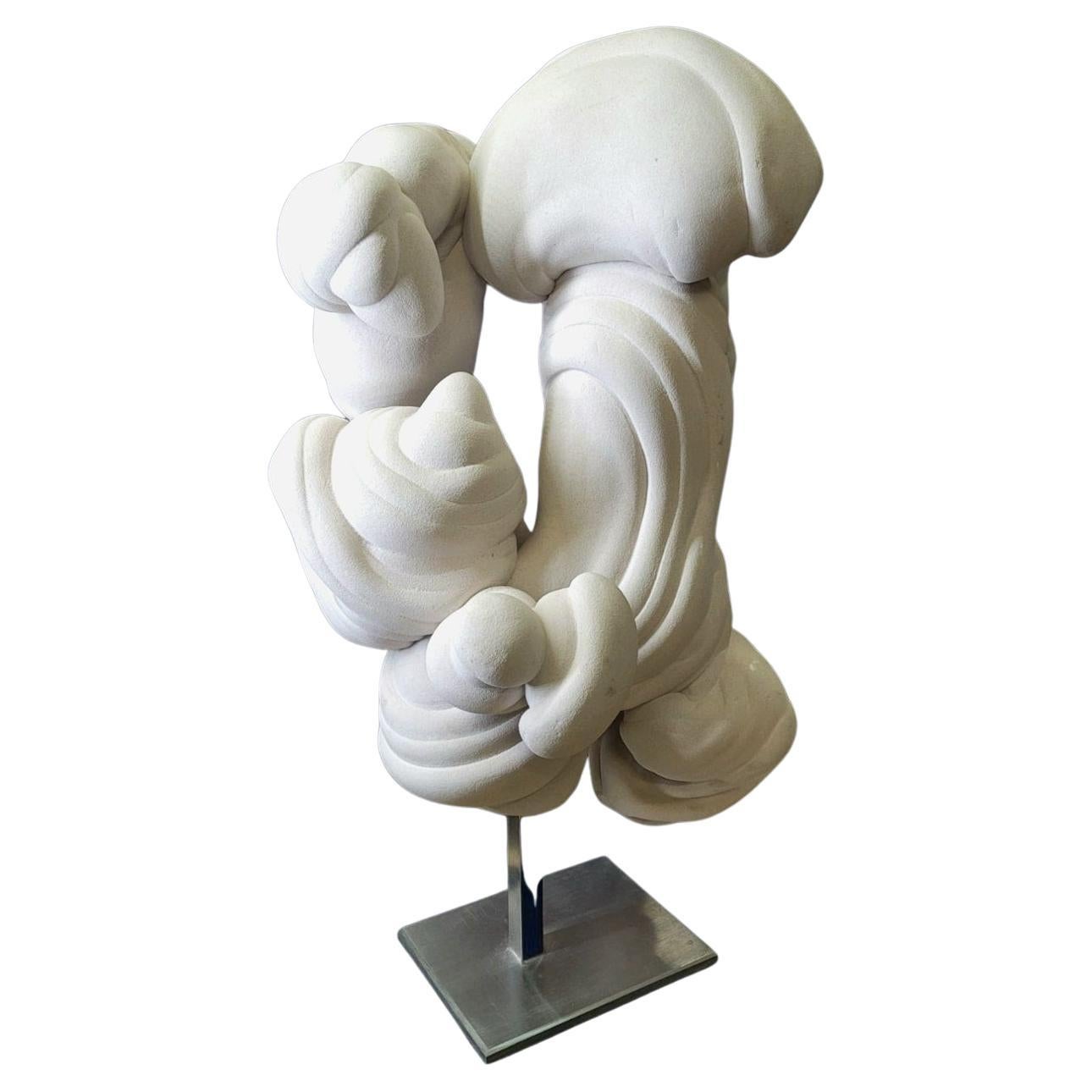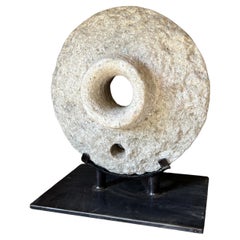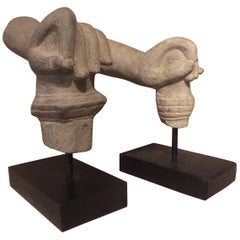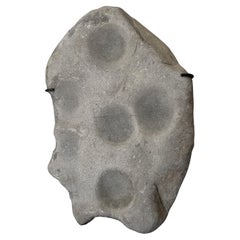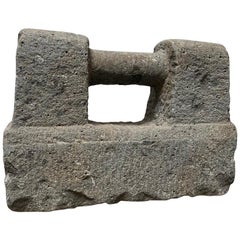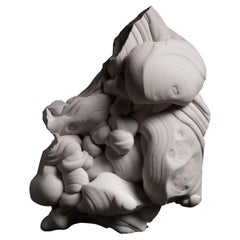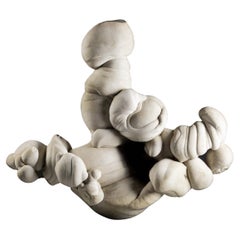
Gogotte Natural History Stone Formation
View Similar Items
Want more images or videos?
Request additional images or videos from the seller
1 of 14
Gogotte Natural History Stone Formation
$6,605.42List Price
About the Item
- Dimensions:Height: 11.42 in (29 cm)Width: 7.09 in (18 cm)Depth: 6.7 in (17 cm)
- Materials and Techniques:
- Place of Origin:
- Period:
- Date of Manufacture:3000 BC
- Condition:Wear consistent with age and use.
- Seller Location:Vosselaar, BE
- Reference Number:1stDibs: LU2023319739882
About the Seller
5.0
Vetted Professional Seller
Every seller passes strict standards for authenticity and reliability
Established in 1972
1stDibs seller since 2016
276 sales on 1stDibs
Typical response time: 1 hour
Authenticity Guarantee
In the unlikely event there’s an issue with an item’s authenticity, contact us within 1 year for a full refund. DetailsMoney-Back Guarantee
If your item is not as described, is damaged in transit, or does not arrive, contact us within 7 days for a full refund. Details24-Hour Cancellation
You have a 24-hour grace period in which to reconsider your purchase, with no questions asked.Vetted Professional Sellers
Our world-class sellers must adhere to strict standards for service and quality, maintaining the integrity of our listings.Price-Match Guarantee
If you find that a seller listed the same item for a lower price elsewhere, we’ll match it.Trusted Global Delivery
Our best-in-class carrier network provides specialized shipping options worldwide, including custom delivery.More From This Seller
View AllStone circular object primitif
Located in Vosselaar, BE
Interesting circular stone object. Most probably the lid of a stone mortar as examples found in south east Asia.
Mounted on a custom stand it has its own sculptural quality. Combine...
Category
Antique Early 19th Century Mounted Objects
Materials
Stone
2 Khmer Stone Mudra Hands
Located in Vosselaar, BE
These stone sculpture fragments can be dated between the 12th and 13th century. They were finely sculpted by the Khmer people. The Khmer culture flourished between the 8th and 15th c...
Category
Antique 15th Century and Earlier Cambodian Other Sculptures and Carvings
Materials
Stone
$1,921 / set
bronze age ceremonial cup stone
Located in Vosselaar, BE
This peculiar archeological piece is described as a 'cup stone'. These cup marked stones have been found worldwide and been dated from 300.000 bc up to 1000 bc. The exact purpose of ...
Category
Antique 15th Century and Earlier Scandinavian Archaistic Mounted Objects
Materials
Stone
18th Century Chinese Stone Artefact
Located in Vosselaar, BE
This double sided hitching post was used to stall horses for short period of times. They are found throughout China and made during centuries. This hardstone example dates from the 1...
Category
Antique Early 18th Century Chinese Sculptures and Carvings
Materials
Stone
18th Century French Stone Sundial
Located in Vosselaar, BE
A impressive late 18th century French sandstone sundial mounted on a custom lade iron stand. The Latin numerals finely carved at both sides an...
Category
Antique Late 18th Century French Neoclassical Sundials
Materials
Sandstone
Early 20th Century Stone Disc
Located in Vosselaar, BE
A polished hardstone disc. Provenance unknown but probably a early 20th century Hawaiin Ulu Maika stoen. Ulu Maika is a ancient game simular to bowling played by the indigineaous Haw...
Category
Early 20th Century Hawaiian Mounted Objects
Materials
Stone
You May Also Like
Natural Gogotte Formation
Located in London, GB
A magnificent example of a gogotte formation composed of thick swirls and folds of sparkling sandstone. Discovered in the Oligocene sand dunes of Fontainebleau, France, formed circa 30 million years before present or later.
The incredible, almost otherworldly appearance of gogottes may easily be mistaken for the work of a most talented artist. In fact, these sandstone sculptures are entirely natural in origin. They have been found in multiple locations but those from Fontainebleau, such as the present example, are the most remarkable. Thirty-five million years ago, a sea covered what is now the forest of Fontainebleau, and dunes of exceptionally fine and homogenous sand formed. As silica-rich water filtered through this sand, it turned into stone. The flow of water finely modelled the sandstone into the aesthetic concretions we now know as gogottes. These are rare and are only found sporadically several metres deep into the ground. They owe their sparkling white appearance to the extreme and unmatched purity of the Fontainebleau sand, sometimes reaching a composition of 99.9% silica. Each of them is unique – a masterpiece slowly fashioned by the hands of Nature.
The intriguing name of “gogotte” was coined by French geologist Claude Guillemin (1923- 1994), who was inspired by the children’s book series Babar the Elephant. In one of the books, a group of monsters called Gogottes are shown hiding behind rocks. These rocks reminded Guillemin of the sandstone concretions...
Category
Antique 15th Century and Earlier Natural Specimens
Materials
Other
Large Natural Gogotte Formation
Located in Pease pottage, West Sussex
A Gogotte Formation
Of natural form, dating from the Oligocene period (30 Million years ago). Beguiling natural mineral formation, they are the result of calcium carbonate binding w...
Category
Antique 15th Century and Earlier French Natural Specimens
Materials
Stone
Natural Gogotte Specimen Formation
Located in Pease pottage, West Sussex
A Gogotte Formation
Of natural form, dating from the Oligocene period (30 Million years ago). Beguiling natural mineral formation, they are the result of calcium carbonate binding w...
Category
Antique 15th Century and Earlier Natural Specimens
Materials
Stone
Natural Gogotte Specimen Formation
Located in Pease pottage, West Sussex
A Gogotte Formation
Of natural form, dating from the Oligocene period (30 Million years ago). Beguiling natural mineral formation, they are the result of calcium carbonate binding w...
Category
Antique 15th Century and Earlier French Natural Specimens
Materials
Stone
Natural Gogotte Specimen Formation
Located in Pease pottage, West Sussex
A Gogotte Formation
Of natural form, dating from the Oligocene period (30 Million years ago). Beguiling natural mineral formation, they are the result of calcium carbonate binding w...
Category
Antique 15th Century and Earlier French Natural Specimens
Materials
Stone
Natural Gogotte Specimen Formation
Located in Pease pottage, West Sussex
A Gogotte Formation
Of natural form, dating from the Oligocene period (30 Million years ago). Beguiling natural mineral formation, they are the result of calcium carbonate binding w...
Category
Antique 15th Century and Earlier French Natural Specimens
Materials
Stone
